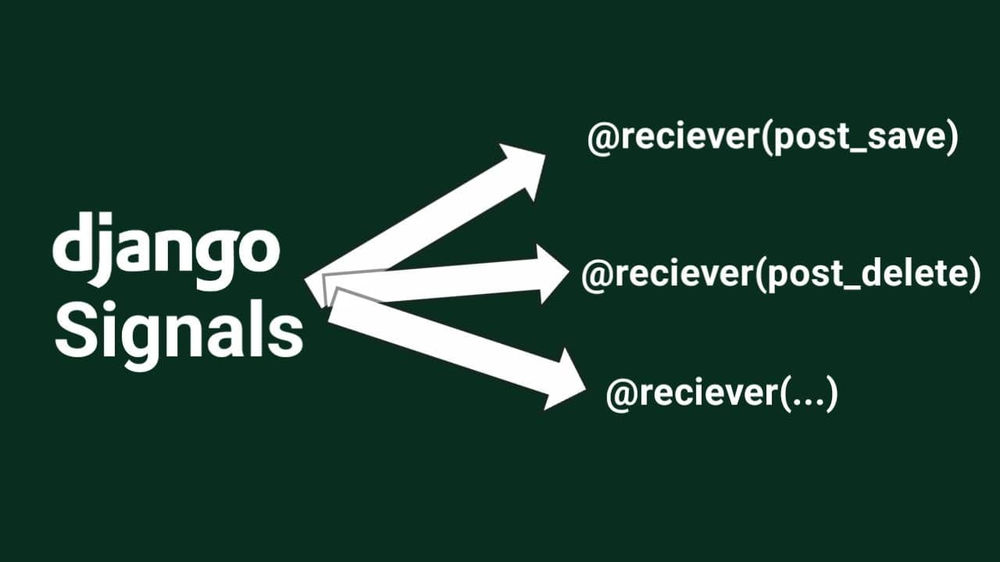Django signals allow you to automate certain actions in your application by "listening" for specific events, such as a user being created or a model being saved, and then triggering a corresponding action.
Here are the steps to use Django signals in your application:
1. Define a signal in your app's signals.py file, using the 'django.dispatch.Signal' class. For example:
from django.dispatch import Signal
user_created = Signal(providing_args=["user"])
2. Connect a receiver function to the signal in the app's ready() method or at any other point of the code. A receiver function is a function that will be executed when the signal is emitted. For example:
from django.contrib.auth.models import User
from .signals import user_created
def create_profile(sender, **kwargs):
user = kwargs["user"]
Profile.objects.create(user=user)
user_created.connect(create_profile, sender=User)
3. Emit the signal in the appropriate place in your code. For example:
from django.contrib.auth.models import User
from .signals import user_created
user = User.objects.create_user(username="johndoe", email="johndoe@example.com", password="password")
user_created.send(sender=User, user=user)



0 comments :
Post a Comment